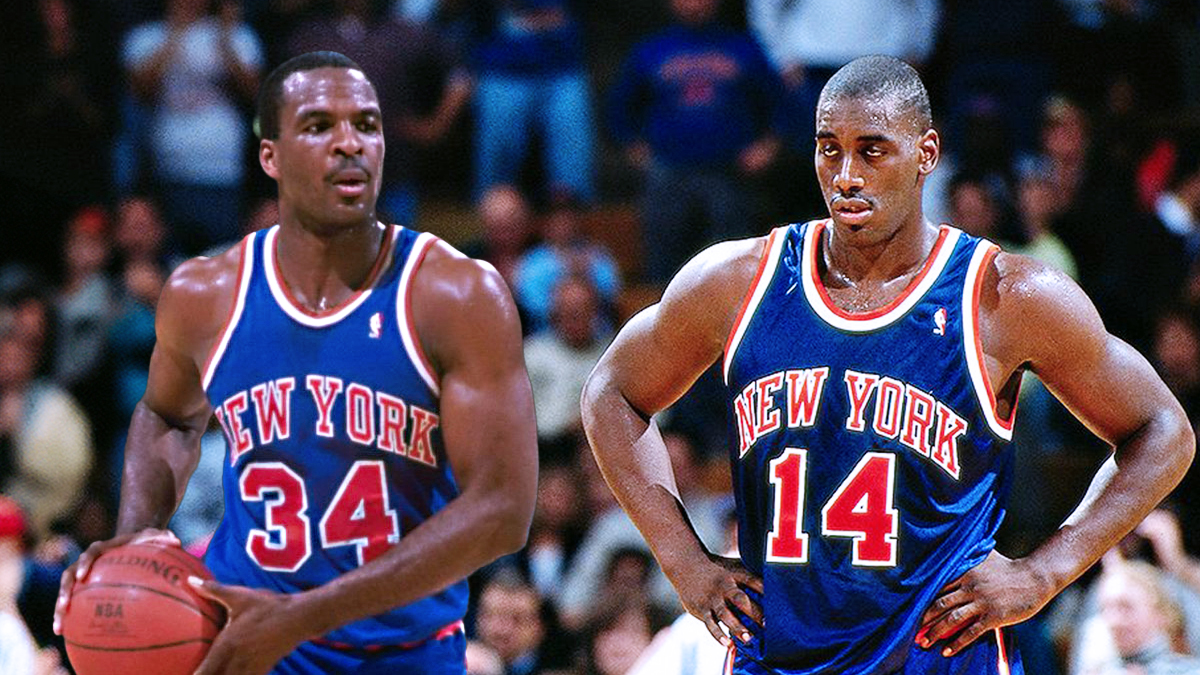The 2023 NBA Draft is right around the corner, and once again, HBCU prospects are facing an uphill battle to get one player drafted.
It has been over a decade since the last player from an HBCU was drafted. That was Norfolk State forward Kyle O’Quinn, who was taken in the second round of the 2012 NBA Draft. The 10-year drought is the longest in league history since Earl Lloyd was drafted back in 1950.
There are several logical reasons for this. There are more colleges playing basketball than ever, and most of the top talent seems to be funneling towards the biggest basketball brands. There is also an influx of talent from overseas that was not the case 40, 30 or even 25 years ago.
Then there’s another reason that isn’t so obvious. The style of play in the NBA has become increasingly less physical and defensive, cutting out a niche that HBCU players once filled for decades.
In a recent interview with Kevin Garnett, NBA Commissioner Adam Silver said he felt the game was too physical at one point, pointing to the late 1990s as an example.
“It de-emphasized the particular skill a player may have had and weighed too heavily on physicality,” Silver told Garnett.
In the NBA’s early days, many of its first Black stars came from black colleges. Players like Bill Russell, Wilt Chamberlain and Elgin Baylor didn’t go that route, but players like Sam Jones, Willis Reed and Earl Monroe did and came into the league as legitimate scoring threats. But integration and the growth of college basketball began to make players with that level of talent tougher and tougher to get at HBCUs.
By the time the 1980s rolled around, HBCU coaches were having to dig deeper to find diamonds in the rough. And even when they did, just putting the ball in the basket wasn’t enough anymore.

Ricky Mahorn was a dominant big man at Hampton Institute in the 1970s. But the second-round pick of the Washington Bullets stayed in the NBA with rebounding and defense. He eventually became one of the key figures of The Bad Boys of Detroit in the late 1980s and early 1990s.
Charles Oakley, like Mahorn, was dominant as a scorer and rebounder in the CIAA. He was picked ninth in the 1985 NBA Draft, the highest that any HBCU player has been picked since the start of the 1980s. He spent the next two decades as a rebounder and enforcer for Michael Jordan and Patrick Ewing. One of his longtime teammates was Anthony Mason, who played at Tennessee State.
It wasn’t just physical big men that transitioned from HBCU stars to NBA role players.
Avery Johnson was one of the top playmakers in the country at Southern University. He didn’t get drafted, but he eventually found a way to stick and helped the San Antonio Spurs win their first NBA title. Bobby Phills, another Southern University product, was a prolific scorer in college who made a living on defense in the NBA.
And of course, there’s Ben Wallace. The Virginia Union alumnus became an unlikely All-Star and eventually a basketball Hall of Famer thanks to his hard-nosed, defense-and-rebounding mentality.
All of these men took advantage of a league that was decidedly more physical. HBCUs have always specialized in having talented players who have just that extra amount of grit needed to wiggle their way into a roster spot and contribute to the league. But in a world where defense and toughness is not as hot of a commodity as it once was, prospects from HBCUs are finding it harder to stick at basketball’s highest level.
Today there is just one HBCU product in the NBA. Tennessee State’s Robert Covington has made a living hitting threes and playing defense – and it doesn’t hurt that he’s 6’8.
While the emphasis on offense may make the NBA game more aesthetically pleasant to watch, it has also made it that much harder for players to make it in the NBA than it previously was.
